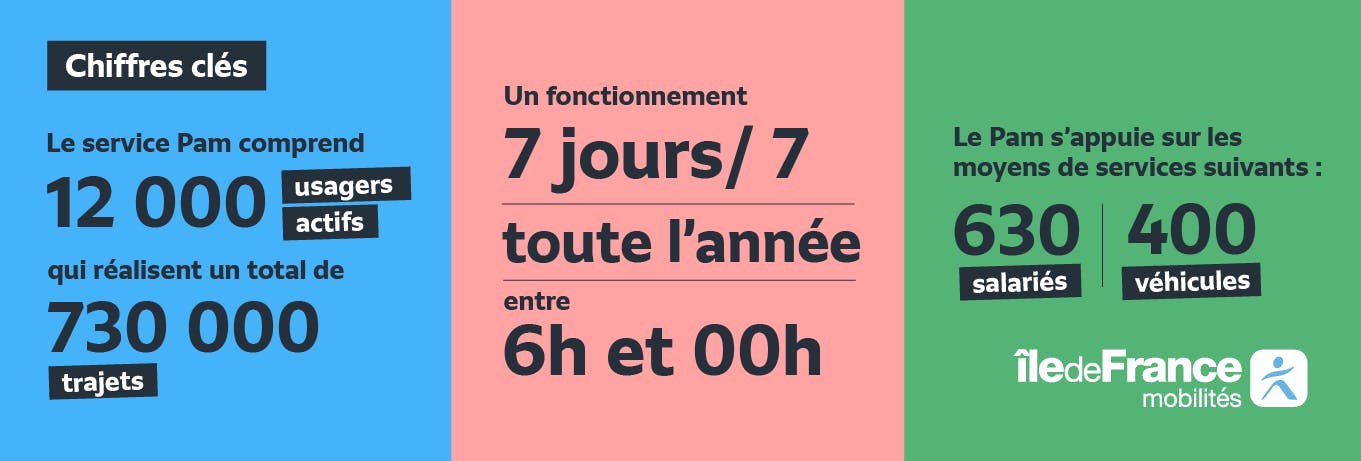File
Île-de-France Mobilités:
Mobility for everyone
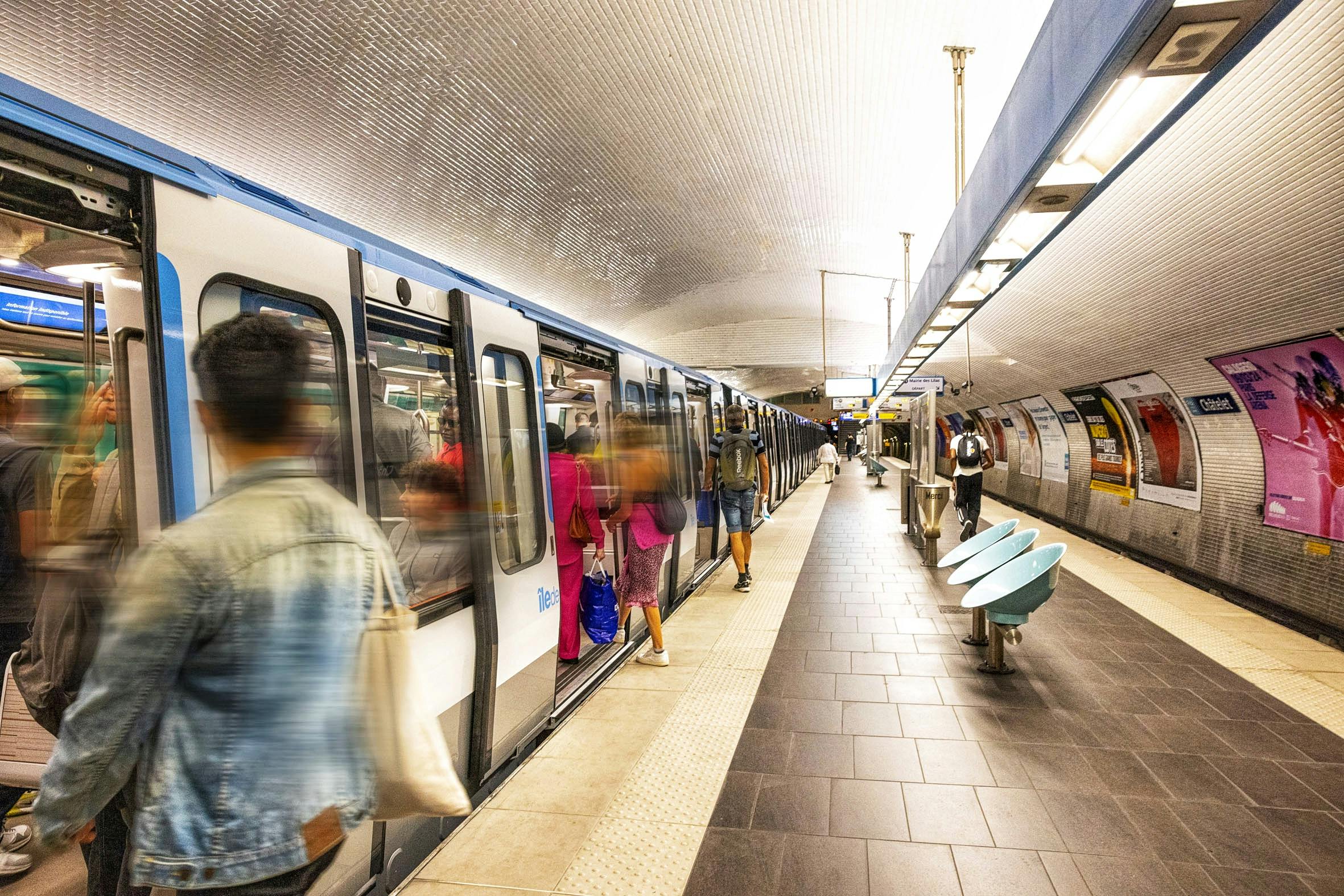
Île-de-France Mobilités: Public transport everywhere, for everyone
Wherever they are in Île-de-France, whatever their travel capacity or financial resources, Île-de-France Mobilités, as a public service player, guarantees all Ile-de-France residents a range of solutions and access to transport, because everyone must be able to move around freely.
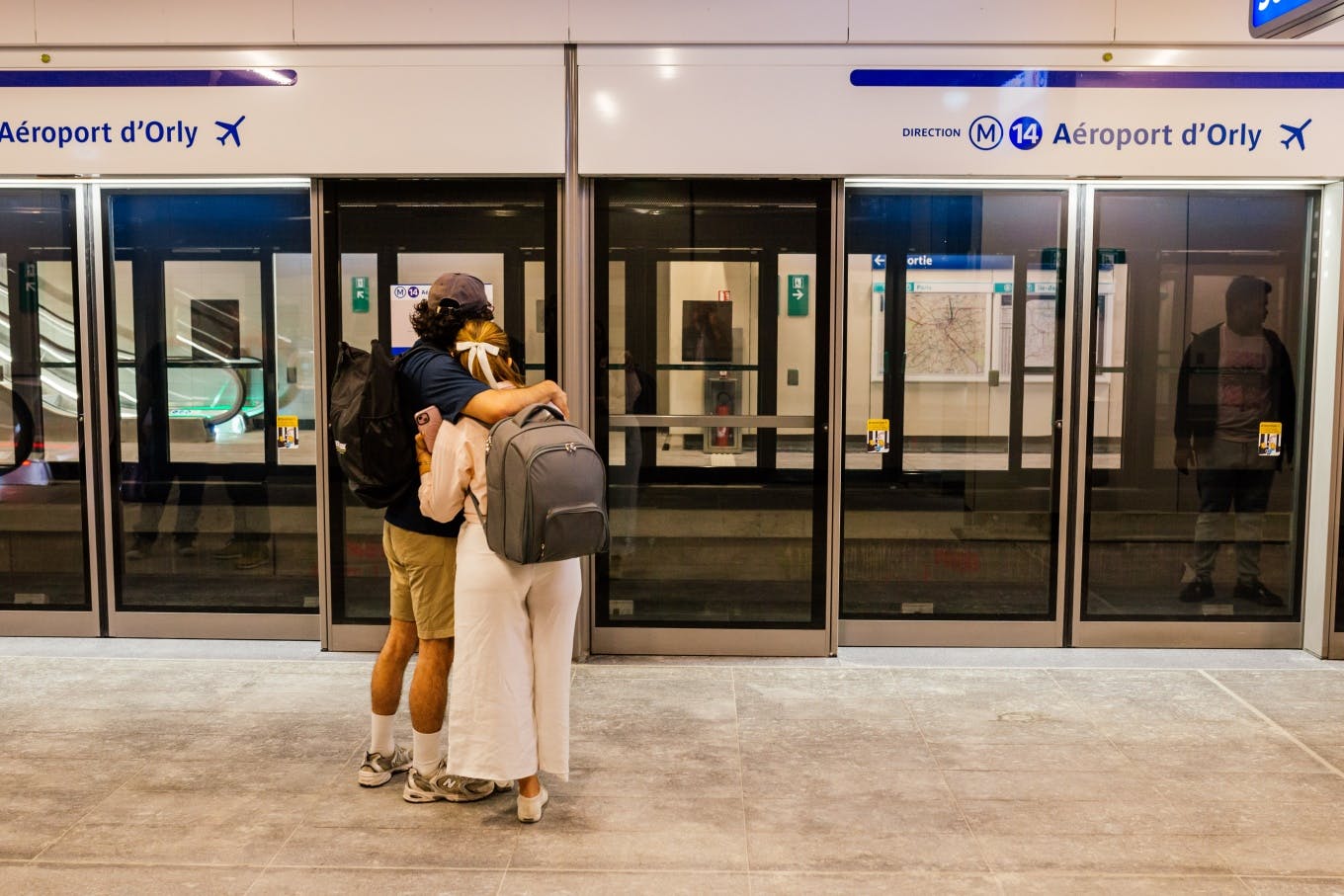
Thinking about the future of mobility in Île-de-France
One of the essential missions of Île-de-France Mobilités? Imagine and implement the future of mobility in the Île-de-France region. The objective: to achieve carbon neutrality for the capital region by 2050.
In concrete terms, Île-de-France Mobilités works on a daily basis to encourage everyone in Île-de-France to opt for sustainable mobility solutions, by offering:
- renewed or new public transport, more comfortable, reliable and efficient
- an accessible network, irrigating the region ever more finely - from rural areas to the heart of Paris
- intermodal solutions to allow all Ile-de-France residents to put together the journey that suits them day after day
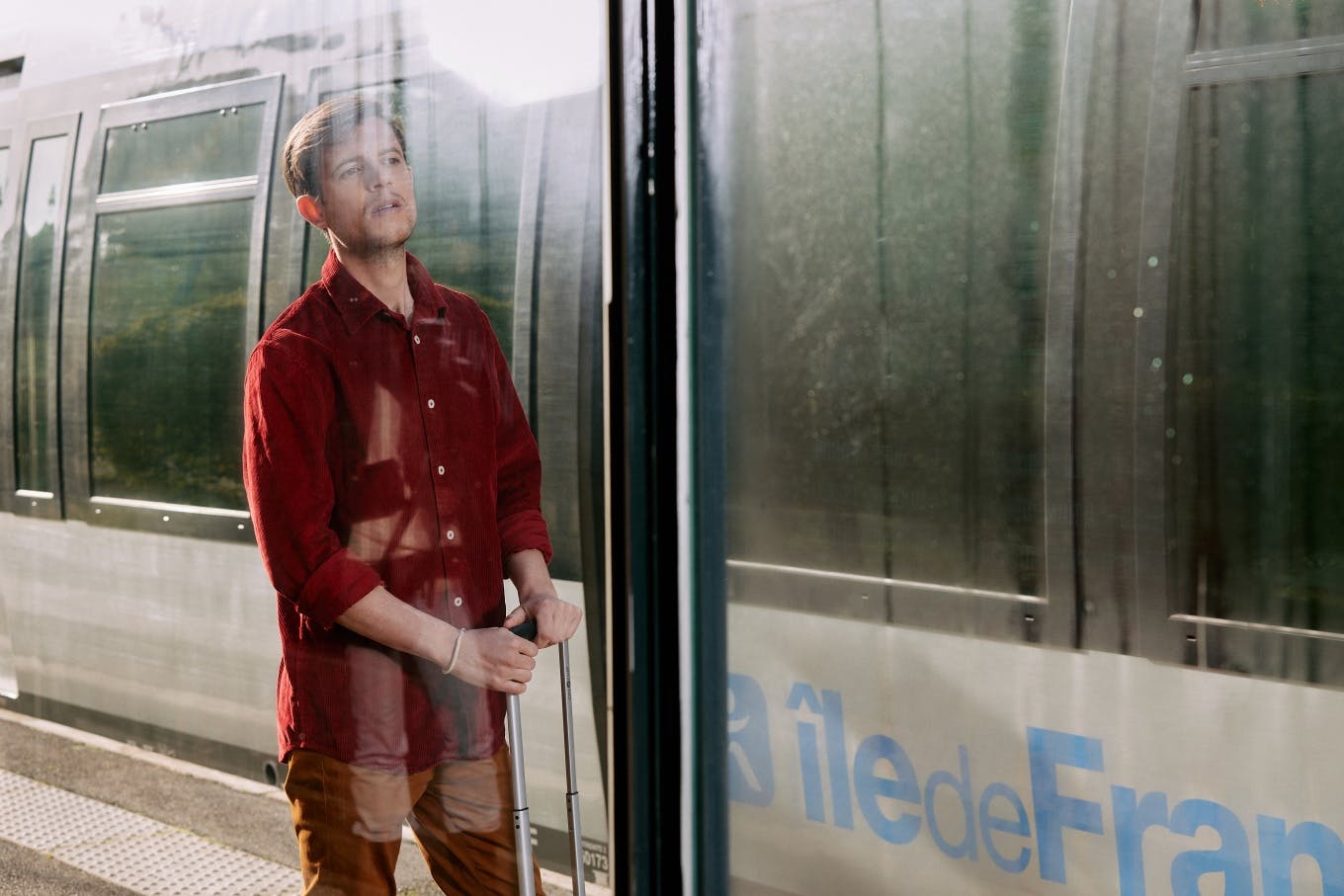
There are many levers for achieving carbon-free mobility in the Île-de-France region:
- Reducing greenhouse gas emissions
- Improving air quality
- Increasing road safety
- increase the use of public transport
- Developing cycling
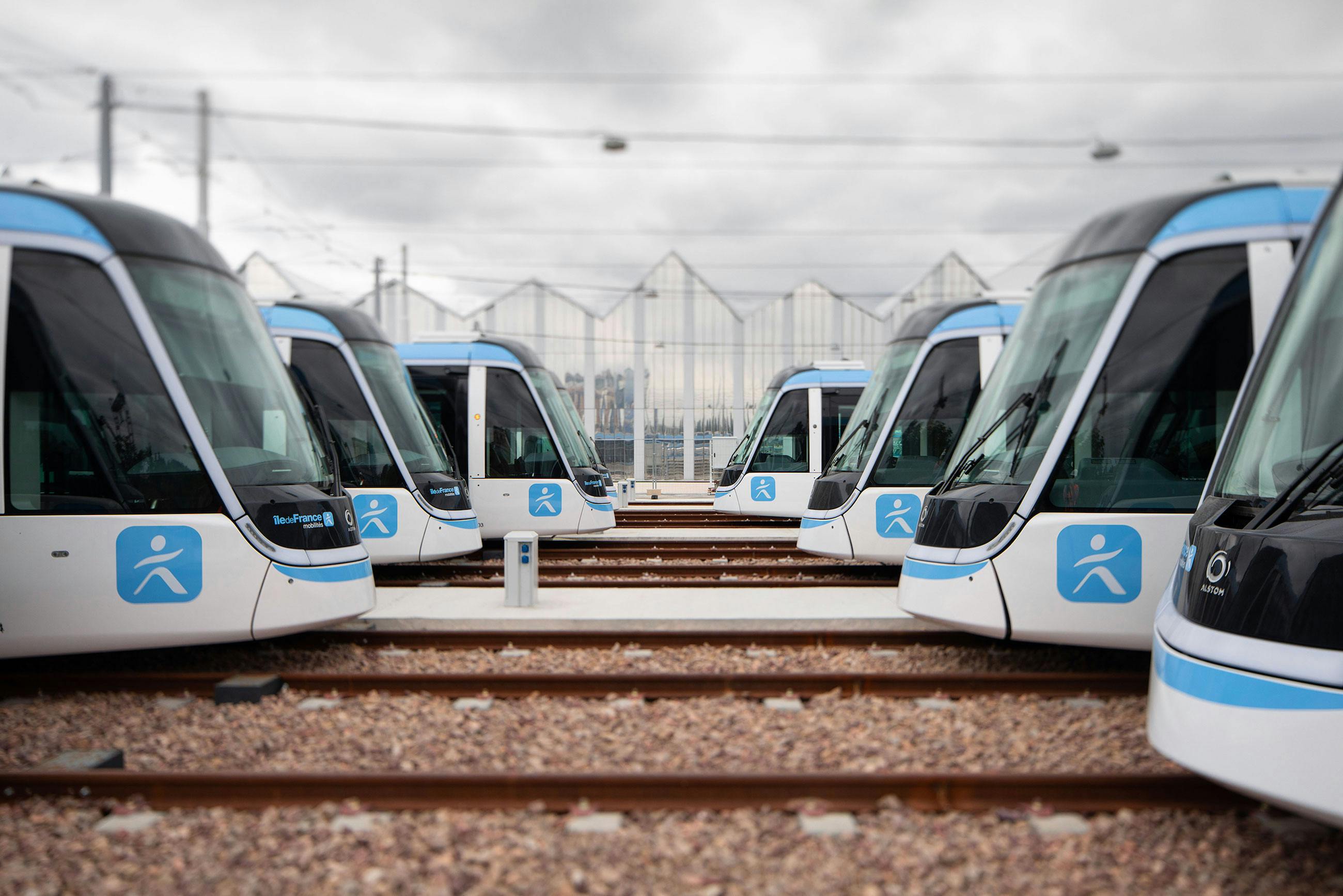
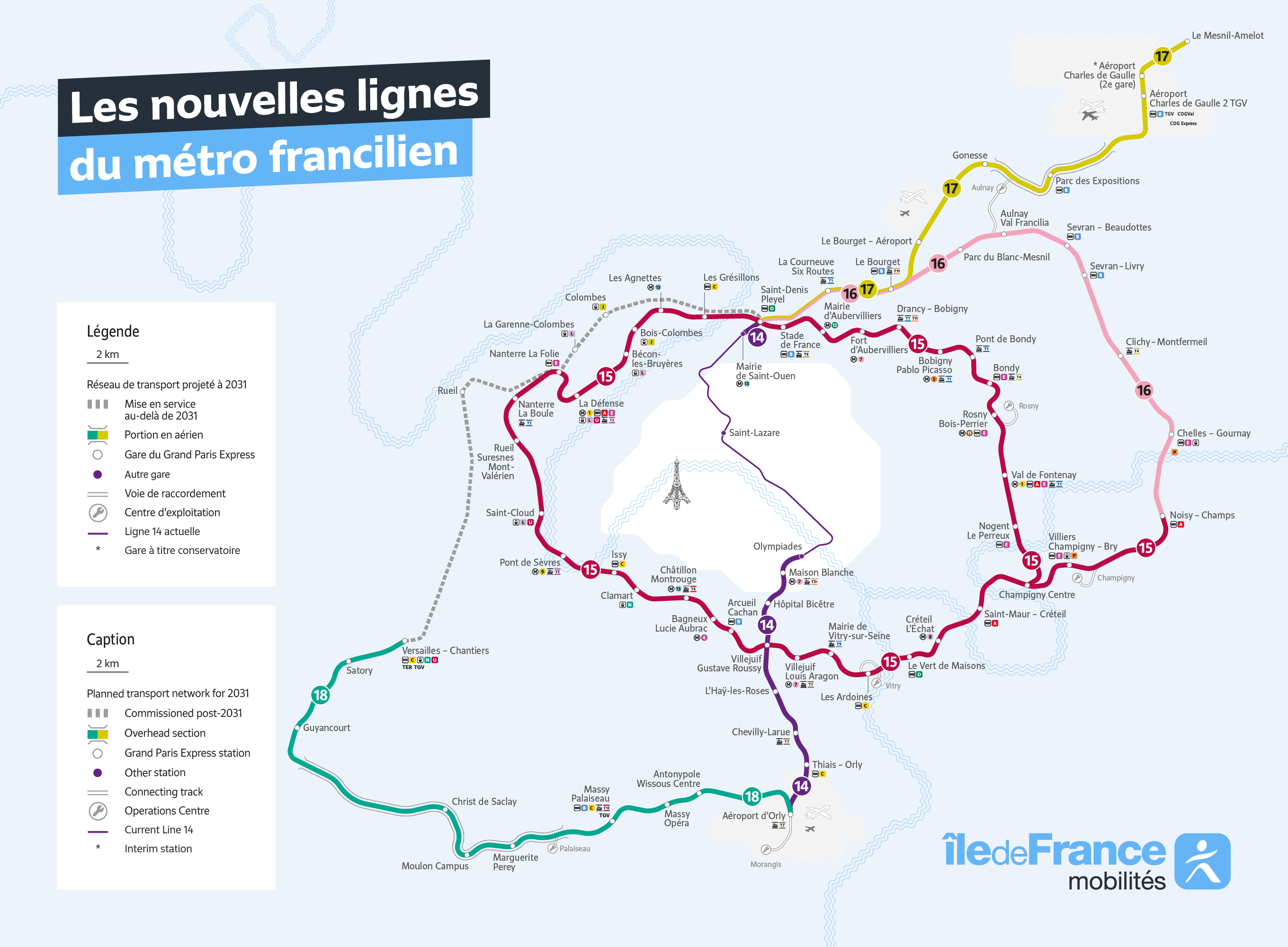
Connecting Ile-de-France residents, beyond Paris
By 2030, the new metro lines 15, 16, 17 and 18 will connect Ile-de-France residents from suburb to suburb, without having to go through Paris.
By 2030, Île-de-France will have doubled its metro kilometres!

Focus on the metro of the future line 15
The metro of the future line 15 made its first turn on November 28, 2023, then began its dynamic tests in the summer of 2024, before the line is scheduled to be put into service in early 2027.
Line 15: get around the suburbs quickly without going through Paris
By forming a 75 km ring road around Paris, connected to the rest of the network by numerous connections in four departments, the different sections of the future line 15 will radically reduce daily travel times in the inner and outer suburbs, avoiding connections in Paris to travel from suburb to suburb.
Metro 15, a gradual commissioning
The future metro line 15 is divided into 3 sections that will be put into service gradually:
- Early 2027 for the southern section that will link Pont de Sèvres to Noisy Champ
- The 2030 horizon for the eastern section, which will link Champigny Centre and Saint-Denis Pleyel, and the western section, which will link the stations of Pont de Sèvres and Saint-Denis Pleyel.
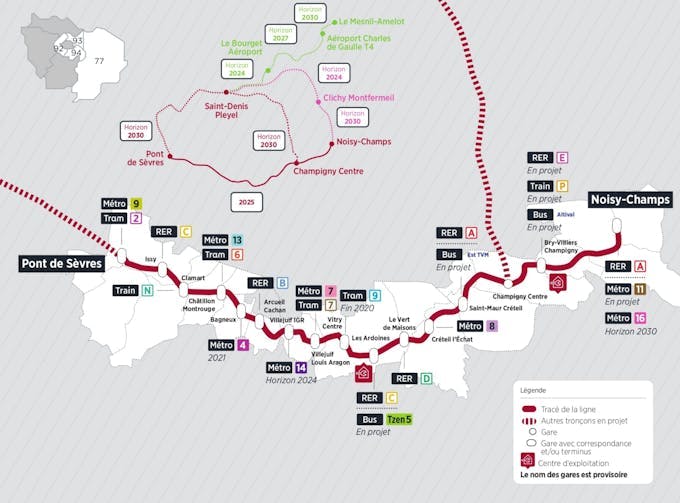
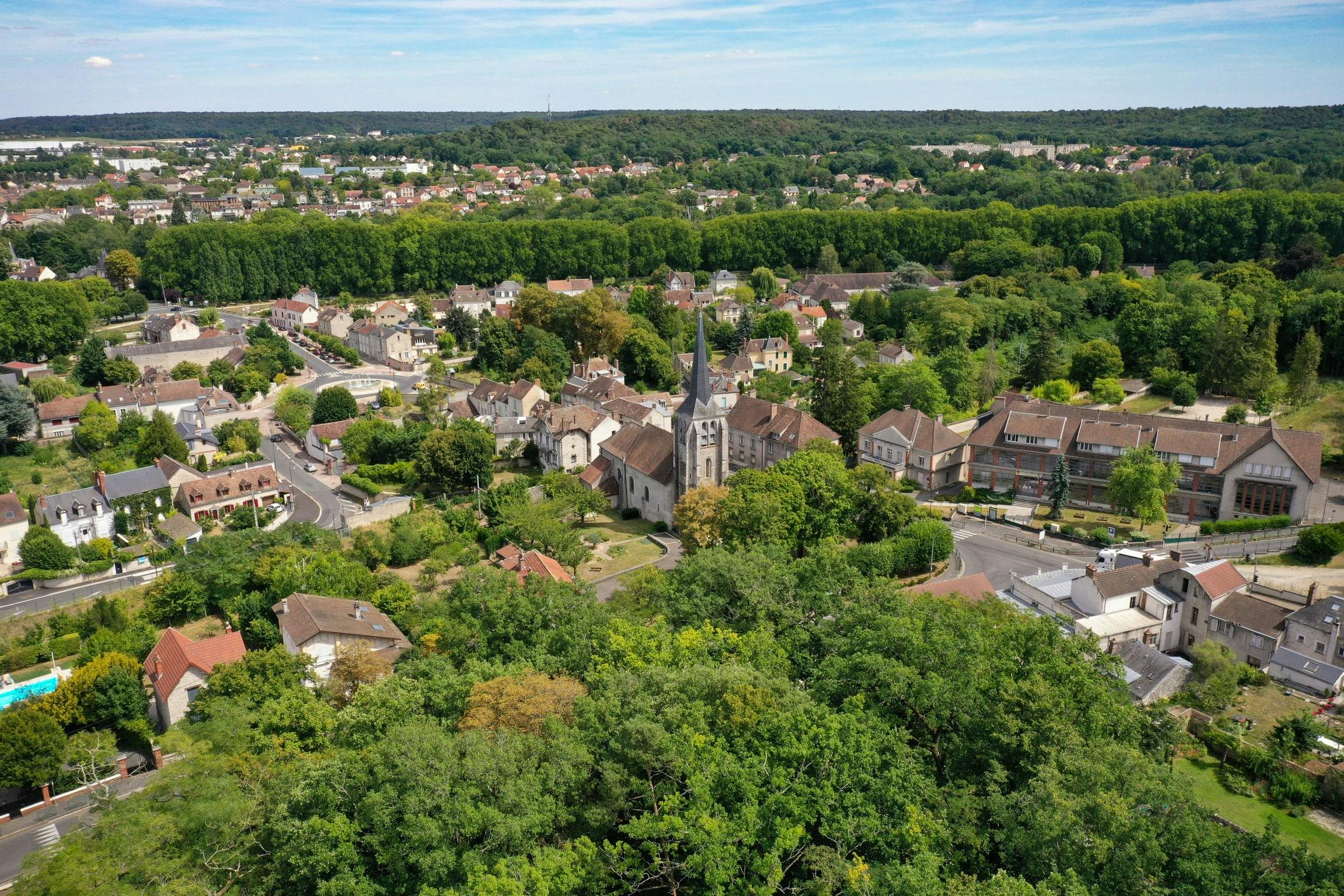
Access mobility, including in less densely populated areas
To meet the demand for mobility solutions from residents who are currently far from the existing transport offer, faced with different territories, in less dense areas of the Region, Île-de-France Mobilités is developing adapted solutions such as Demand-Responsive Transport or Express Coaches.
Demand-Responsive Transport
Complementary to the existing transport network, Demand-Responsive Transport (DRT) is offered in areas where conventional public transport (bus or coach) is not suitable, in order to allow residents to reach a train station, a conventional bus line, or important facilities such as hospitals, shopping centres, cultural and leisure centres, etc.
It is organized in 2 ways:
On a virtual line. As on a conventional bus line, Demand-Responsive Transport then has a defined route and stops. The bus only leaves when passengers have made a reservation on the line.
By area. There is no predefined route. Demand-Responsive Transport is carried out within a given perimeter: depending on their point of departure, the traveller has access to one or more bus stops. The bus service route is organised according to demand.
All these services operate with the same pricing as a conventional bus line.
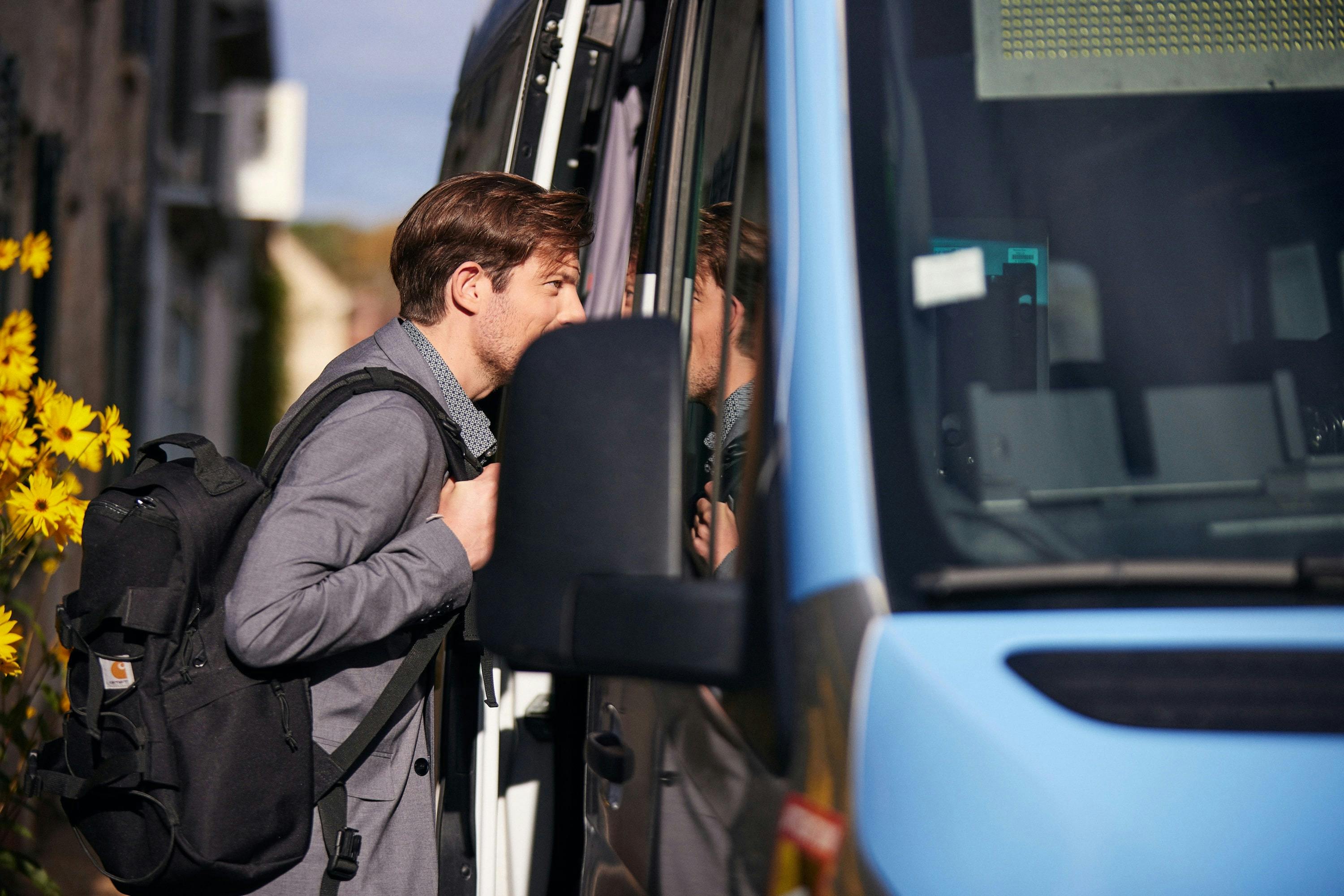
Regional Express Cars: connecting the hubs in Île-de-France
The Regional Cars Express project is
- 45 new lines and 9 existing reinforced lines that will connect the outer suburbs to the Ile-de-France collective network via the main roads.
- Accessible, comfortable and connected coaches
- 30 reserved lanes in motorway traffic for real time savings and guaranteed travel time
- 40 new multimodal interchange hubs and 30 renovated hubs, to allow passengers to park their personal vehicle (car, bicycle, motorised 2-wheeler) before using the collective network or to wait for their Regional Express
- A limited number of stops and direct routes between two poles
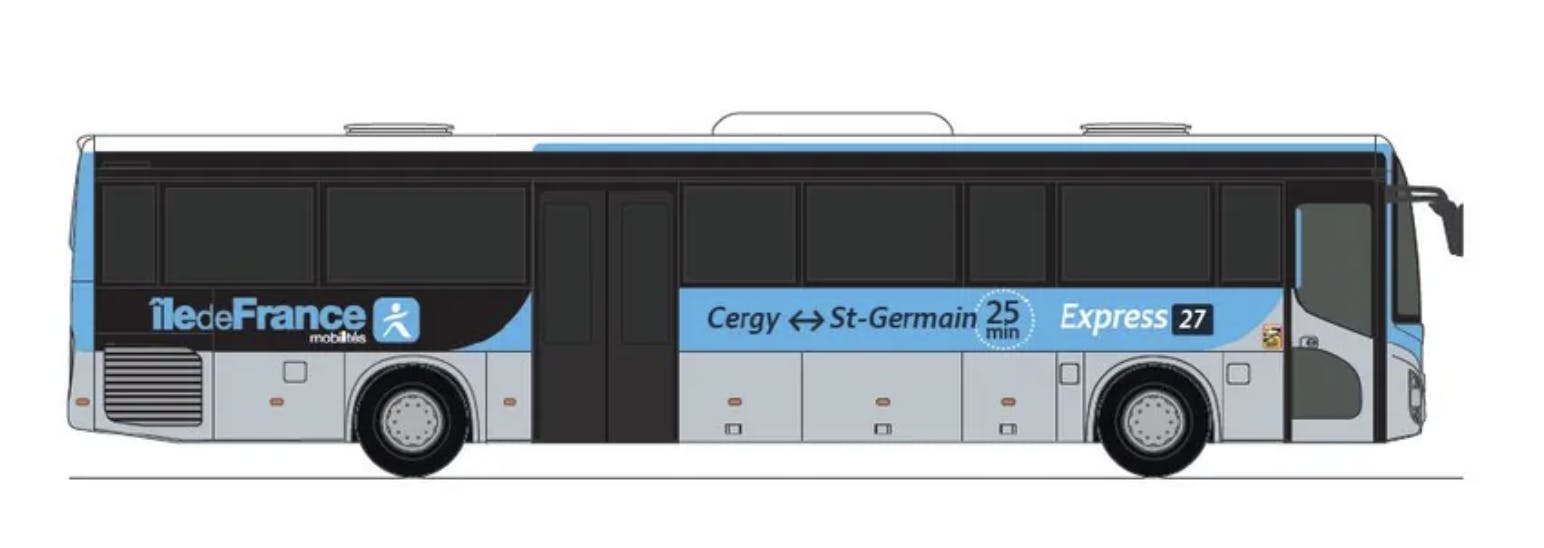
Carpooling: unique booking platform and predefined itineraries
In 2025, carpooling continues to develop in Île-de-France for daily journeys - especially those aimed at joining the public transport network.
Soon, Ile-de-France residents will be able to travel even more easily thanks to the implementation of a single booking platform, and the deployment of carpooling lines, along predefined and bookable routes.

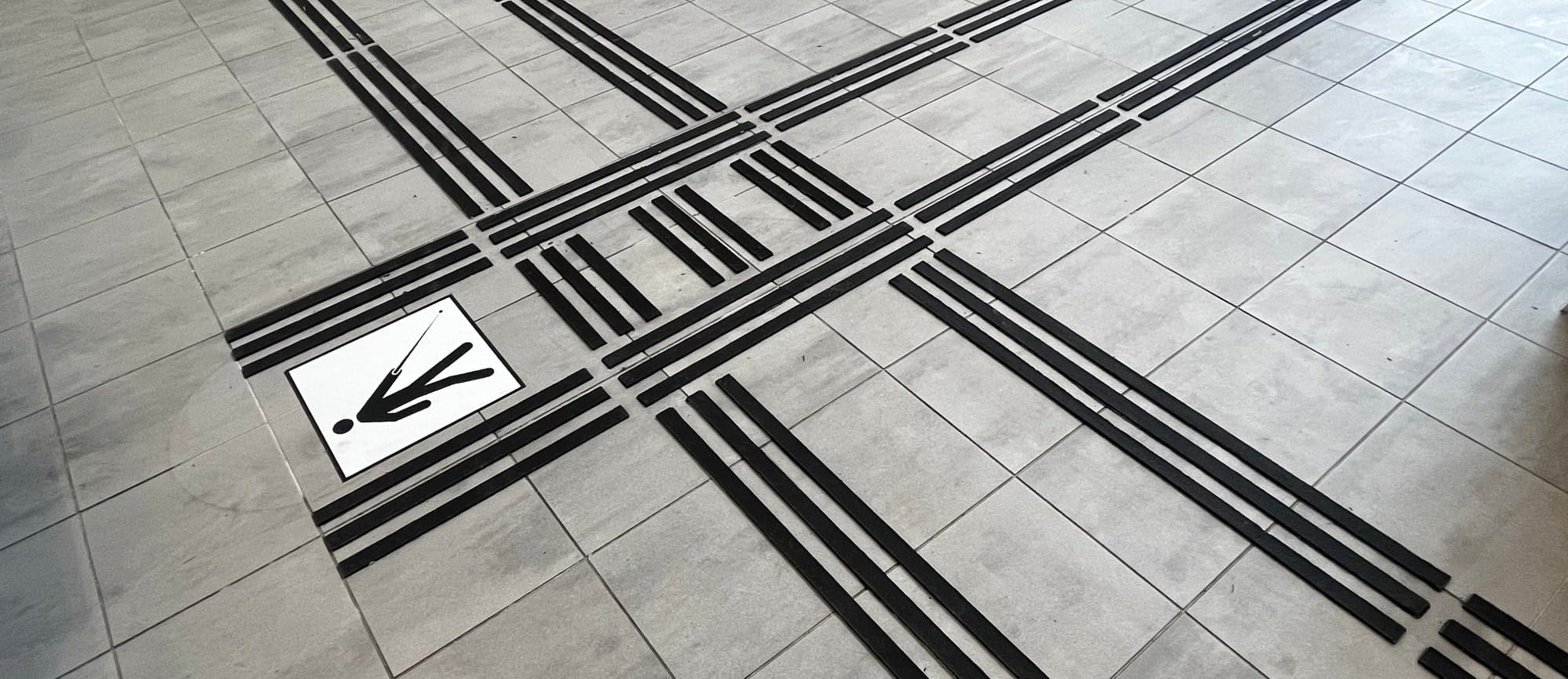
Transport accessible to all
Accessibility is a key issue for Île-de-France Mobilités, which works on a daily basis for ever more accessible public transport.
Aware of the difficulty that users with disabilities, and in particular people in wheelchairs, may experience in public transport, Île-de-France Mobilités has been working since 2005, in partnership with associations, operators, local authorities and the Île-de-France Region to improve the comfort of people with disabilities on the lines.
Île-de-France Mobilités' requirements in favour of accessibility
Making public transport ever more accessible for all users is one of the main objectives for Île-de-France Mobilités, which is committed to an ambitious policy of transforming its network.

Accessibility integrated from the design of rolling stock
Since 2005, accessibility has been integrated into the design of future vehicles, extensions and new lines. The accessibility of transport is considered before, during and after the traveller's journey, with several hands (local authorities, operators operating the lines) and on a territorial scale.
For types of disabilities
This accessibility work concerns people in wheelchairs, but also people with an unequally visible disability (visual, cognitive, hearing impaired, etc.). Temporarily (pregnancy, injury, suitcases, etc.) or permanently (accident, age, etc.), we can all find ourselves with a disability.
The complex case of the historic Paris metro
The Paris metro is one of the oldest in the world. Historical roots, more than a hundred years old, make it original, but also contribute to the complexity of making it accessible for people with reduced mobility.
While the majority of historic metro lines are accessible to intellectual, visual and hearing disabilities, they are not entirely accessible to people with reduced mobility and wheelchairs. Explanations.

Pam, on-demand transport for people with disabilities
This public on-demand transport service aims to facilitate travel for people with motor, visual and cognitive disabilities, autism disorders, seniors, etc.
The Pam service carries out transport between 2 places located on the public road. The driver-escort picks up, picks up, and drops off the user in the public space.
It is available every day of the week all year round, from 6 am to midnight on weekdays and from 6 am to 00:30 am on Fridays and Saturdays.
